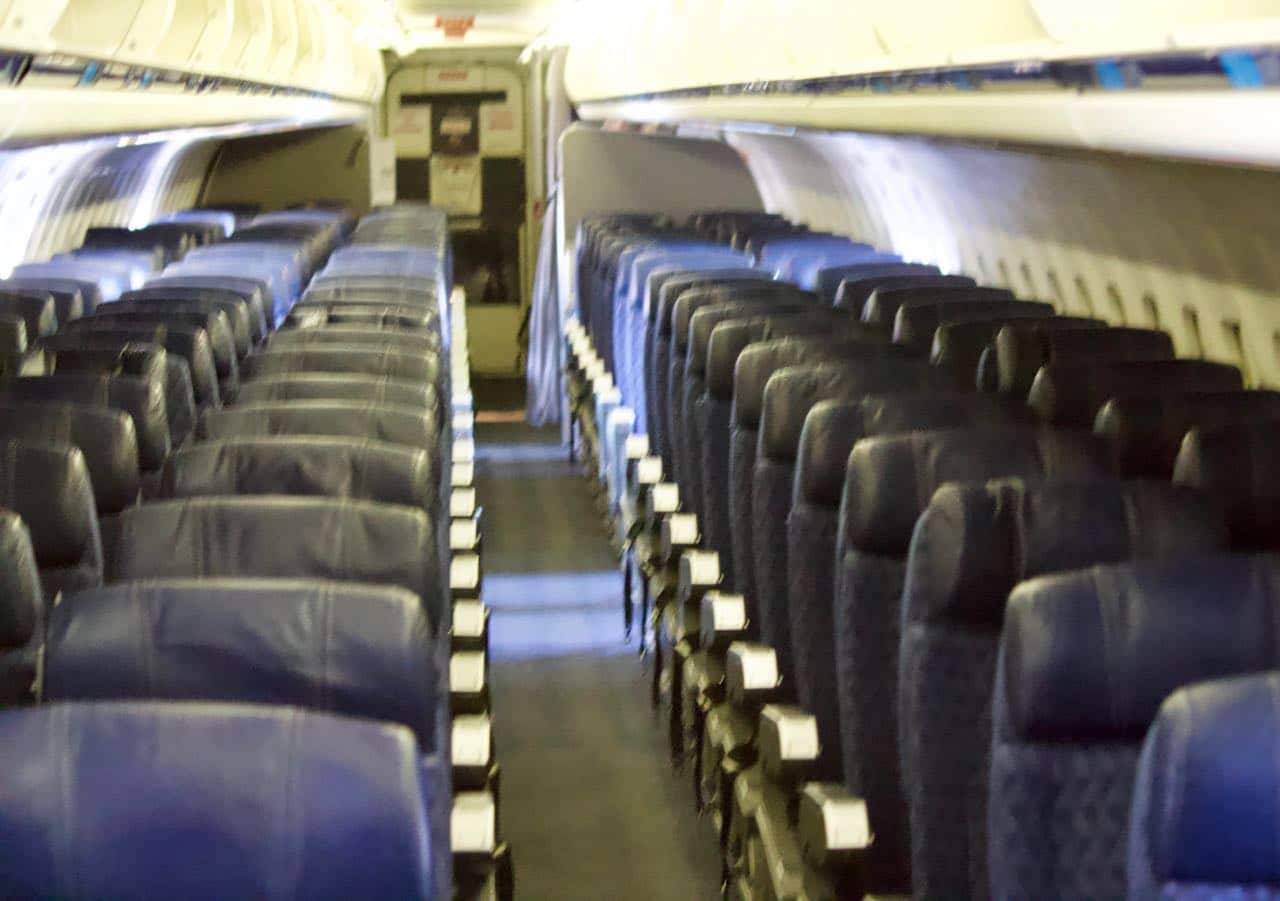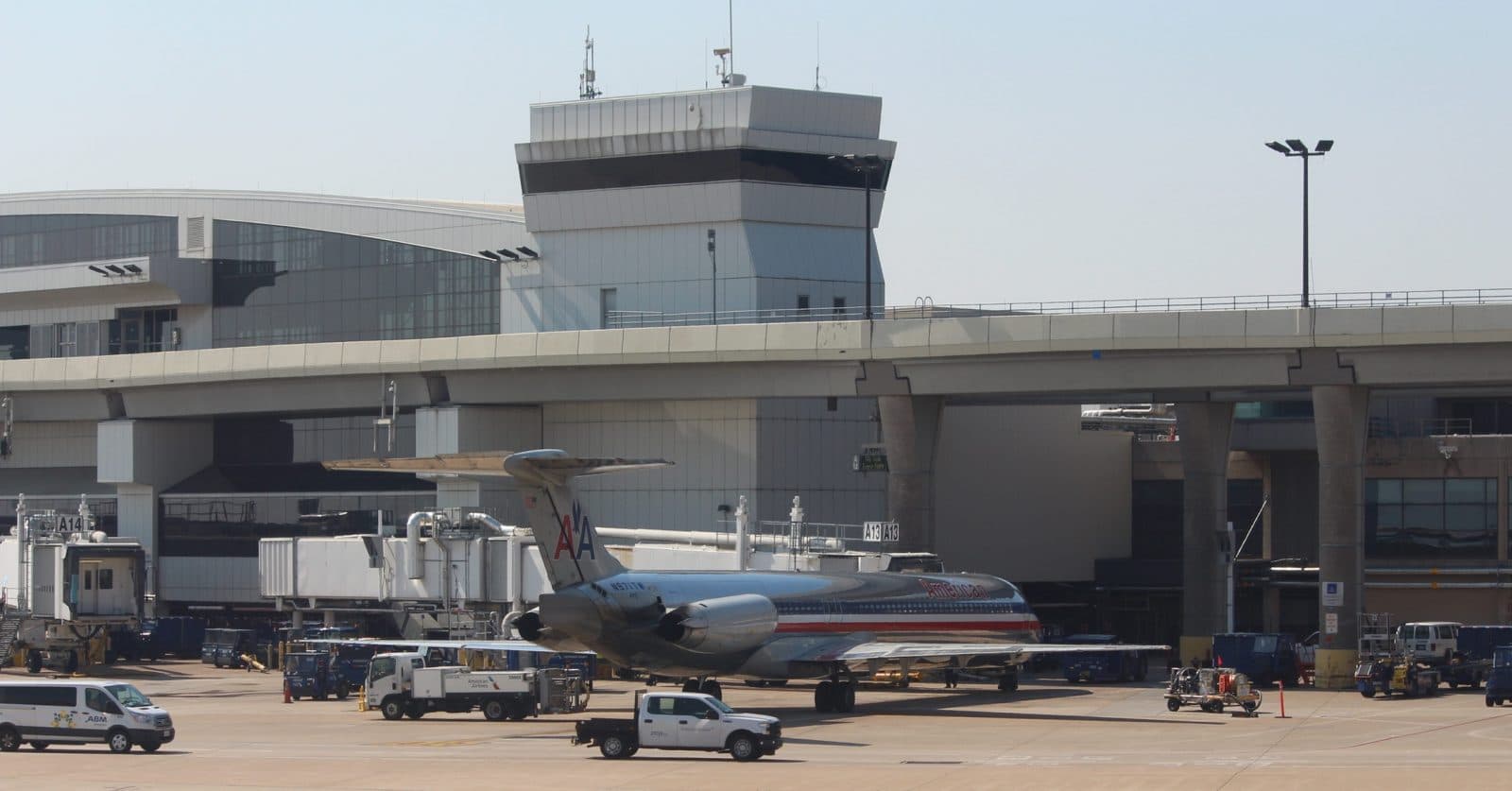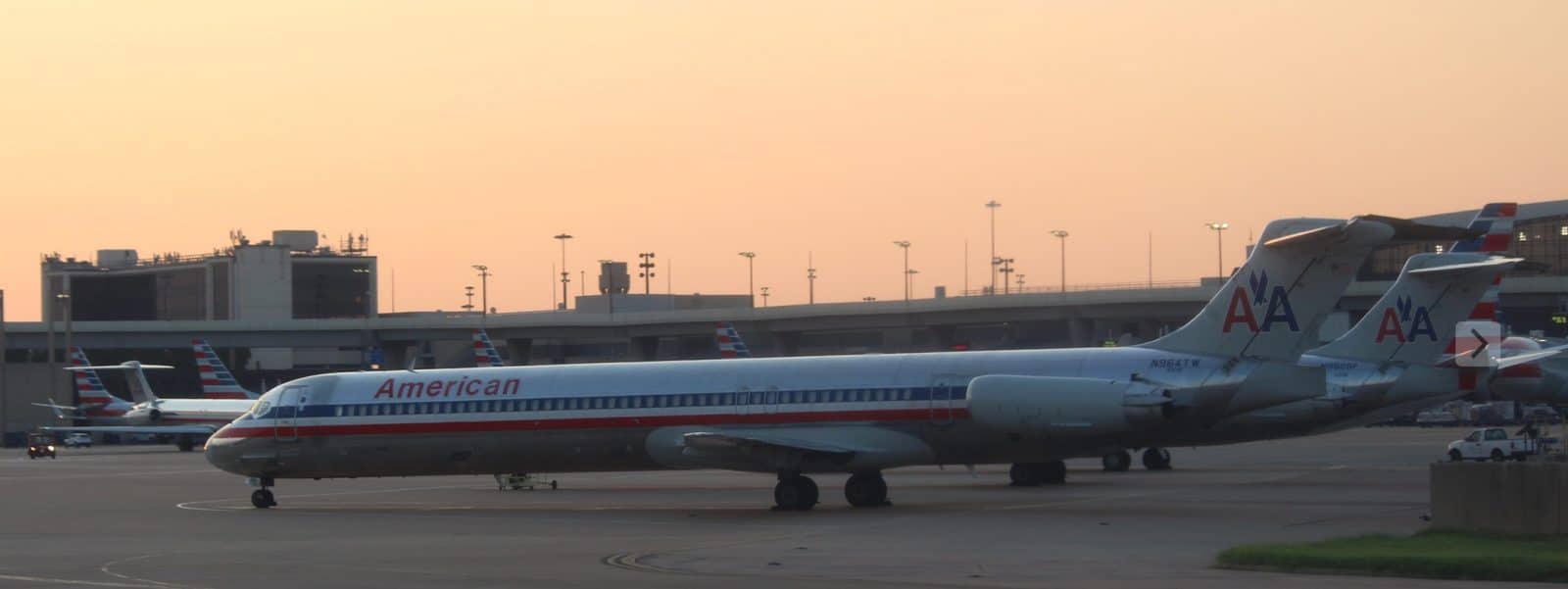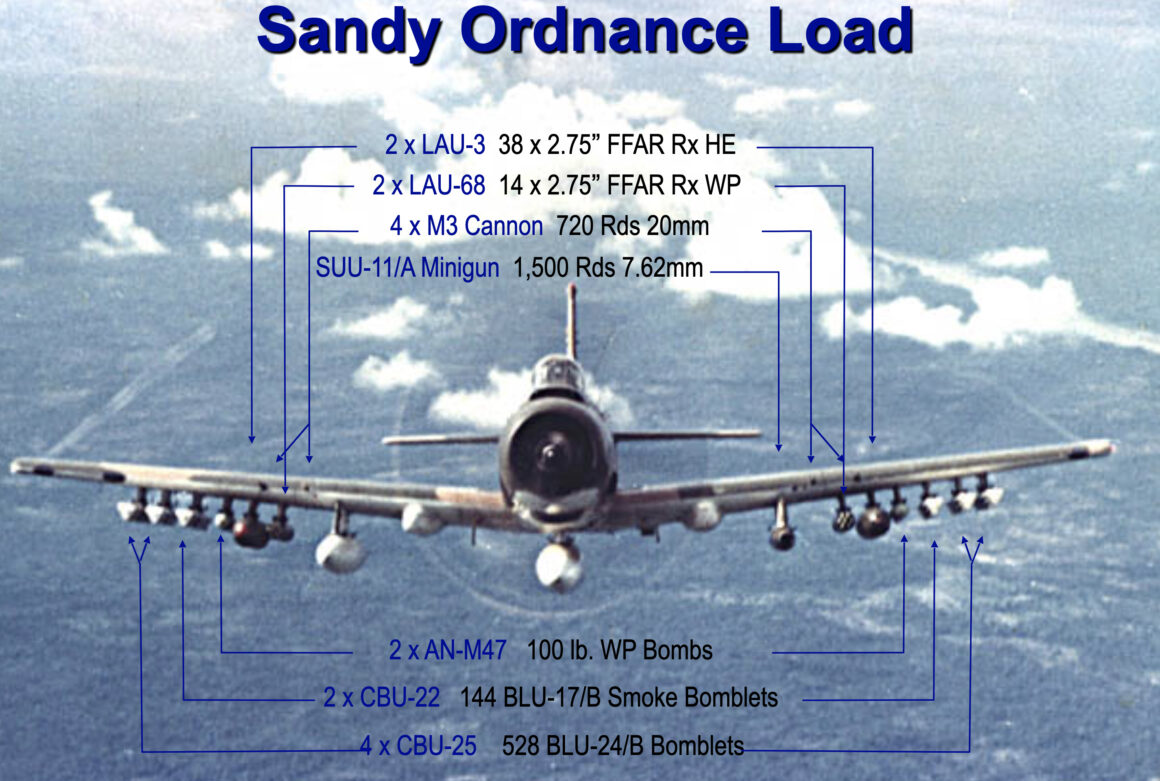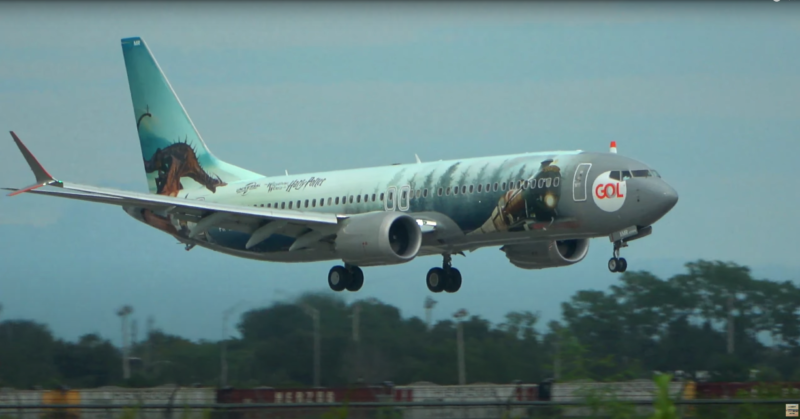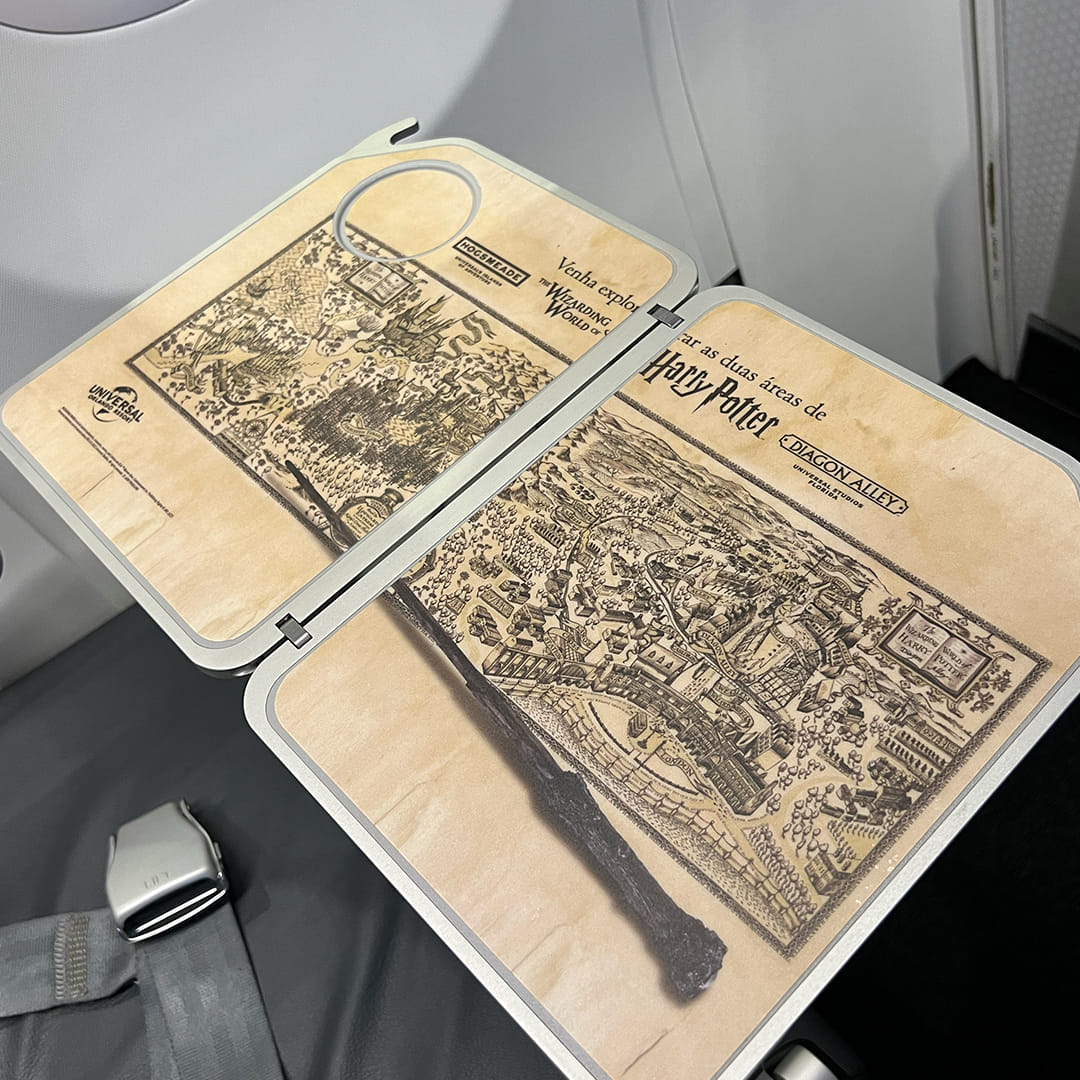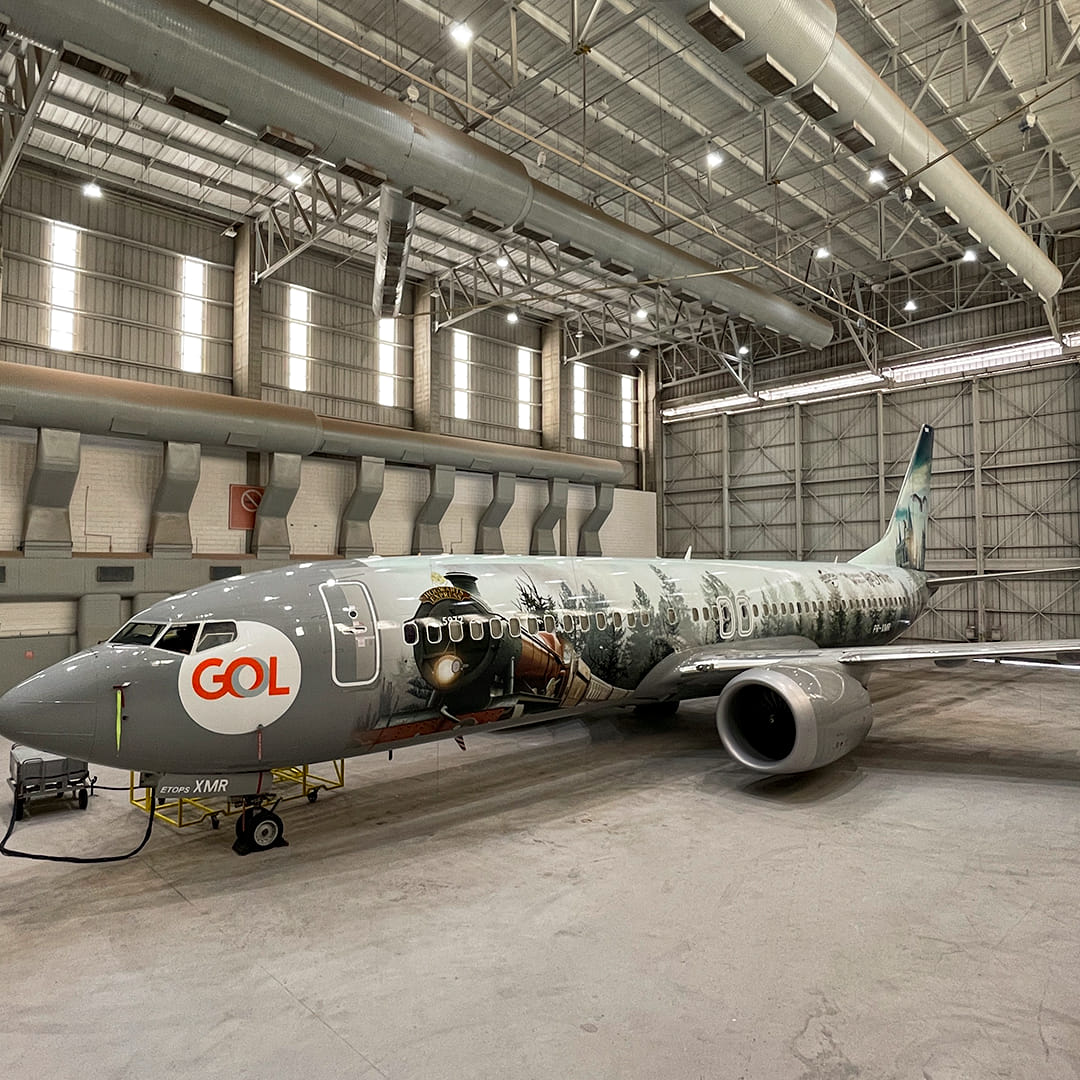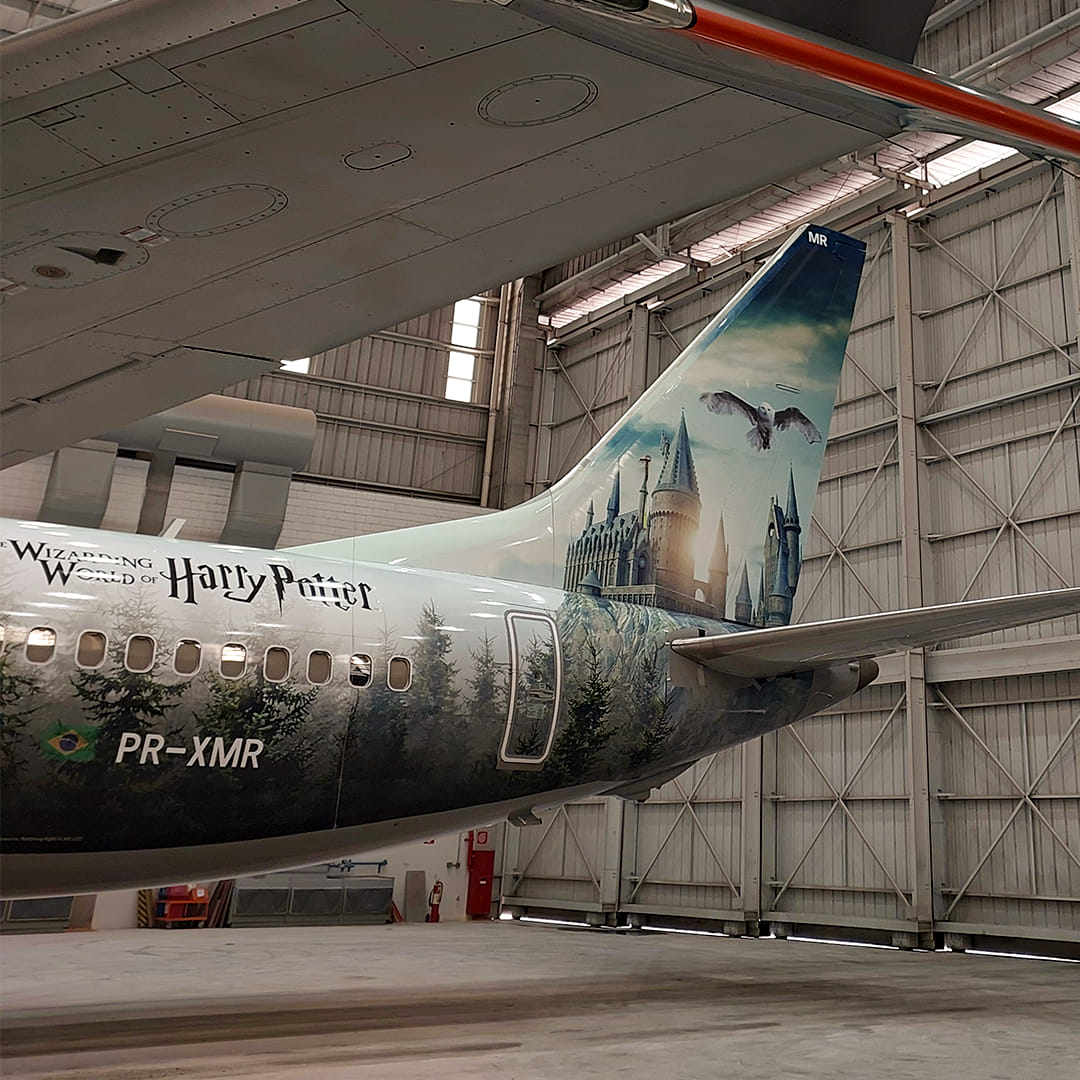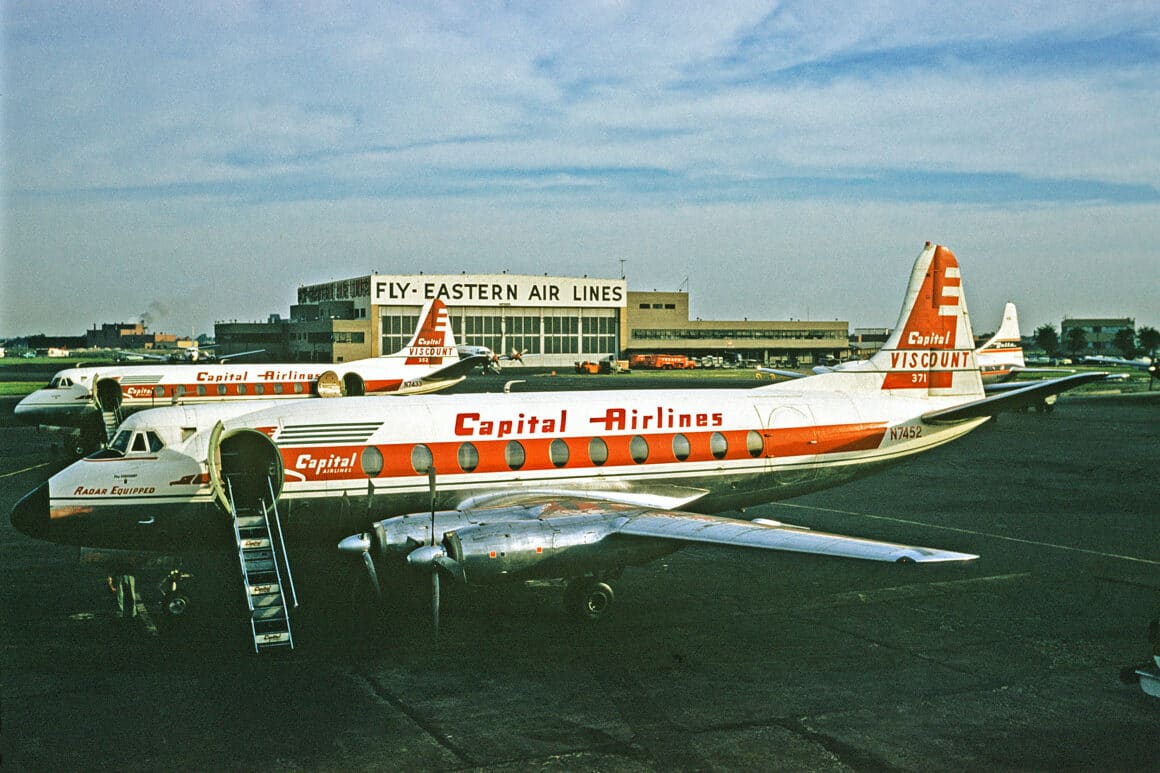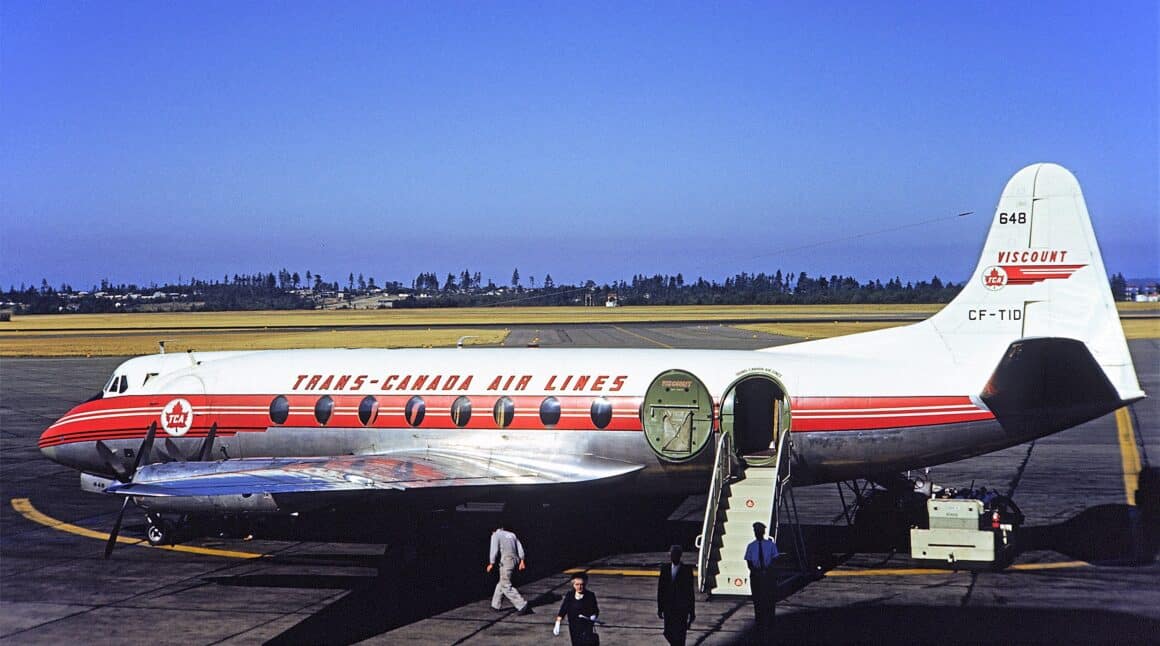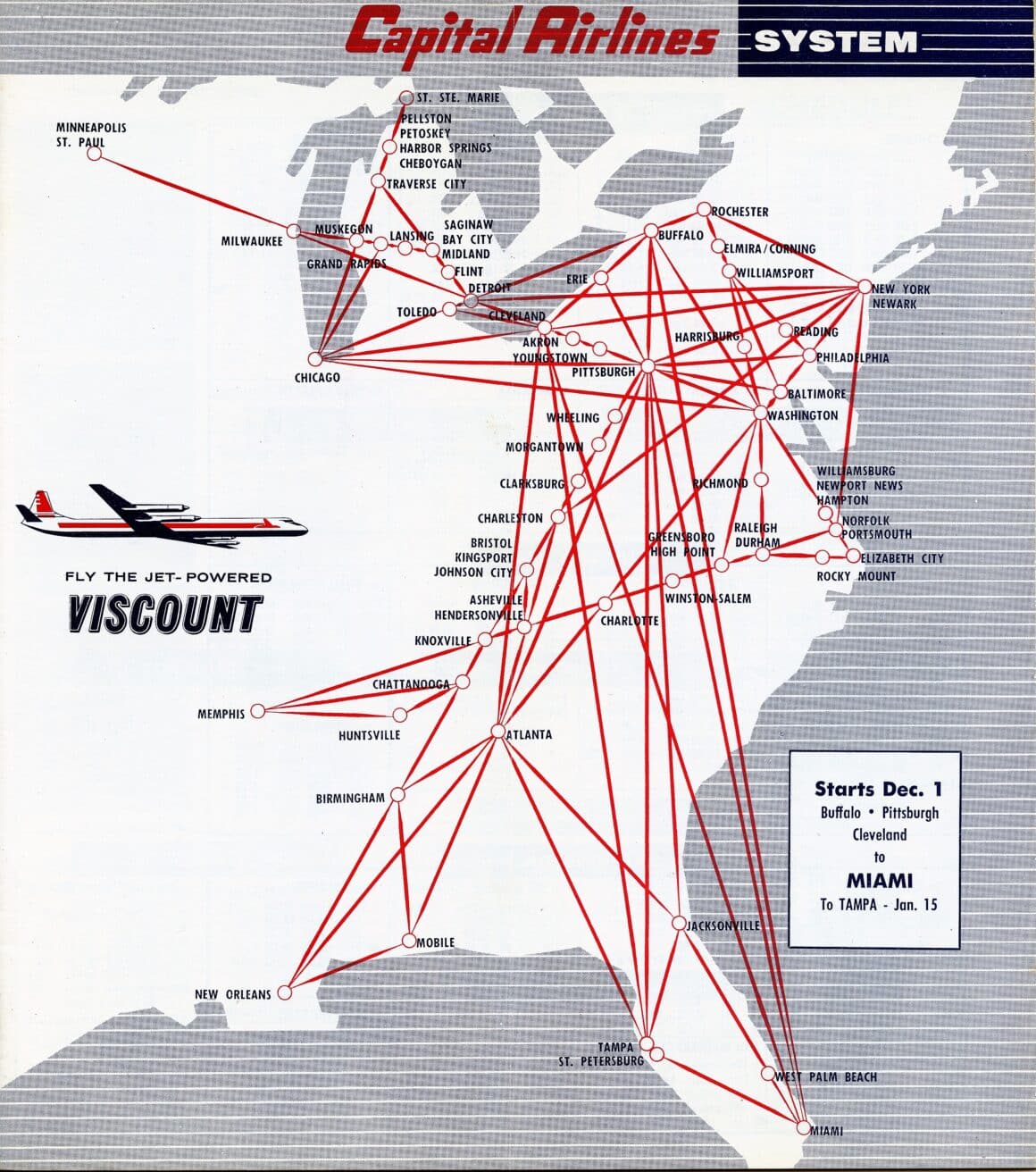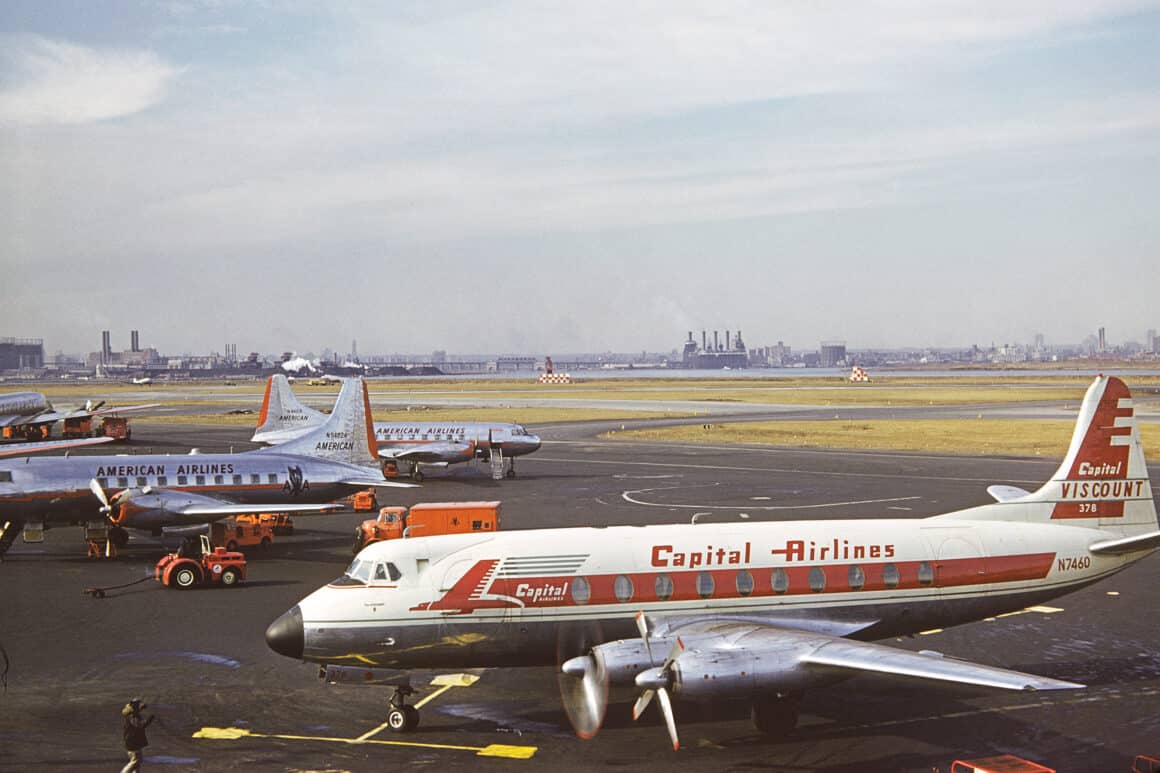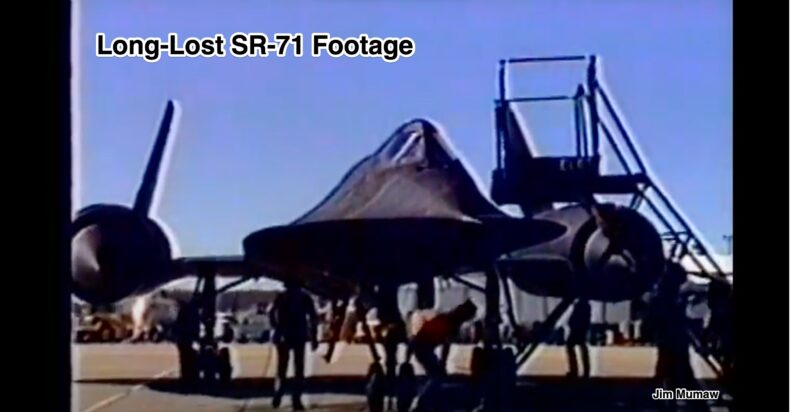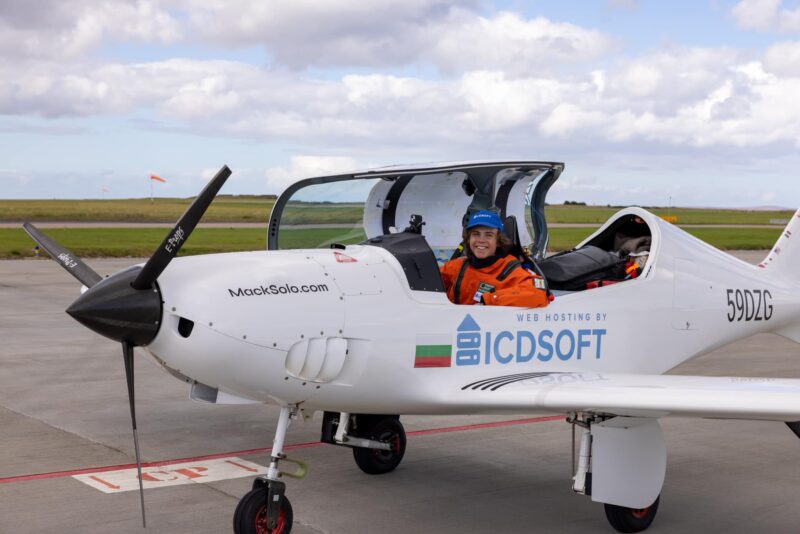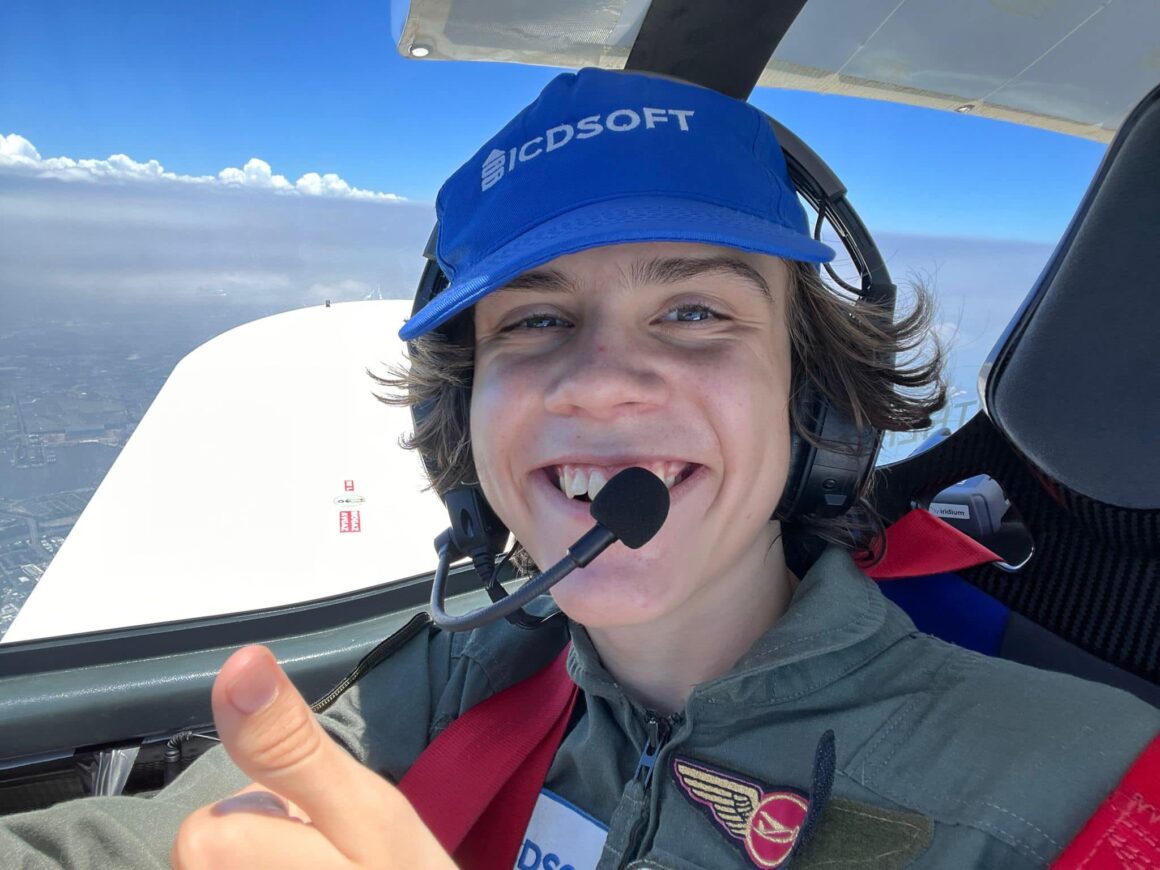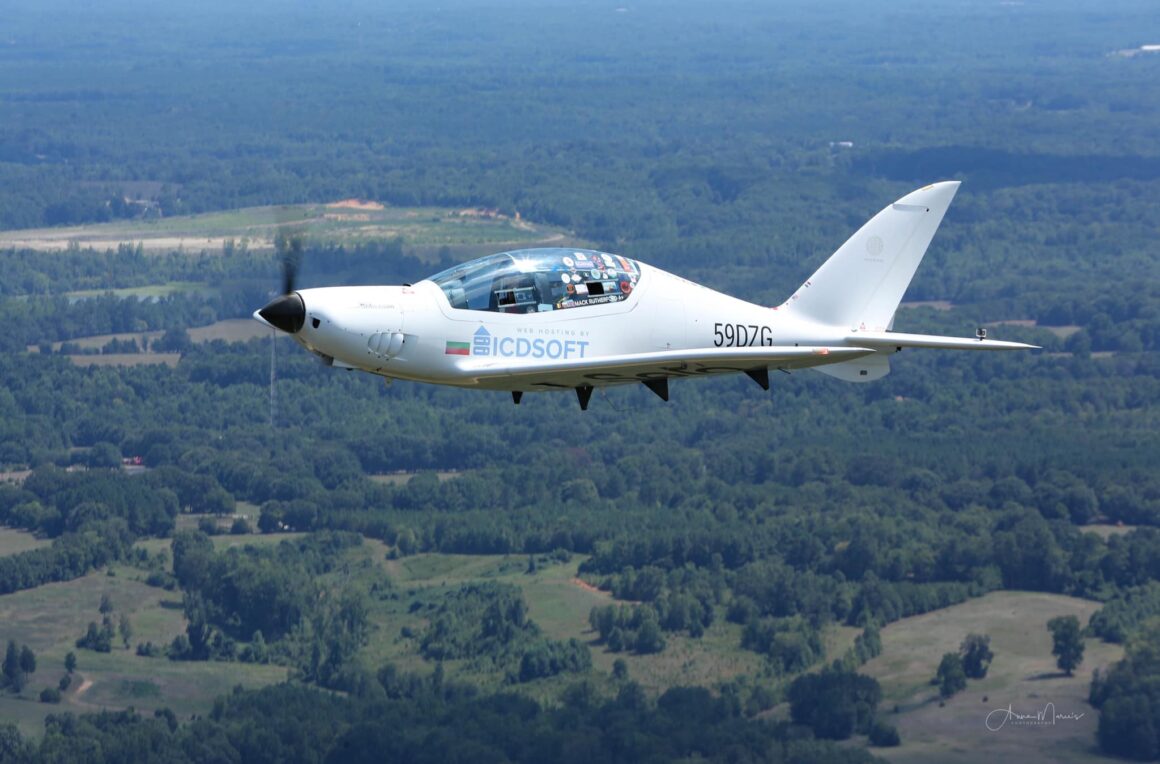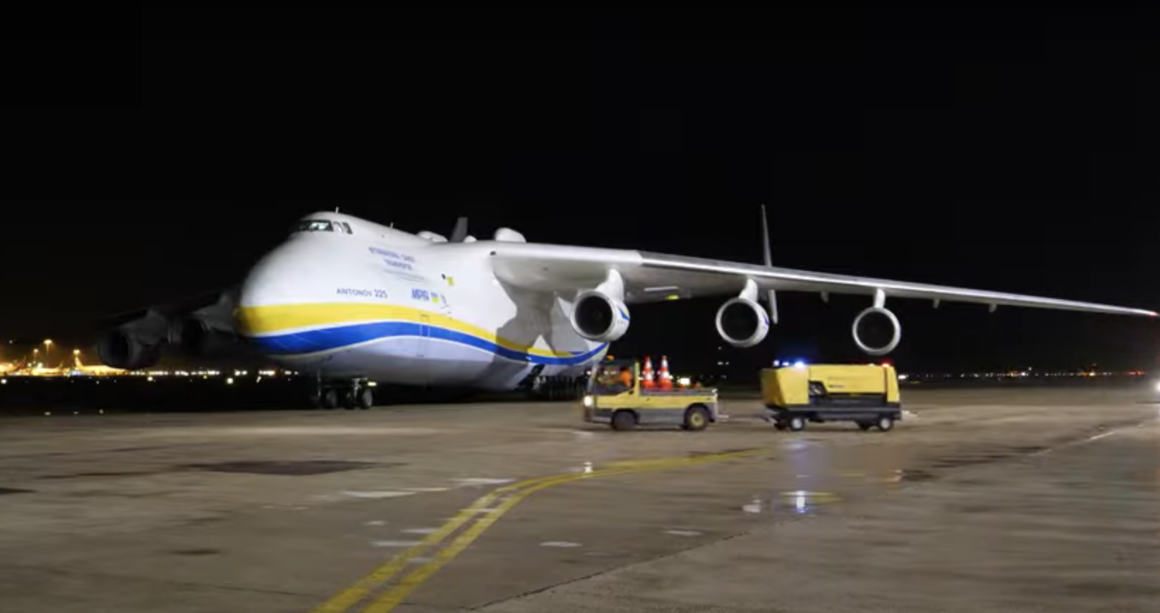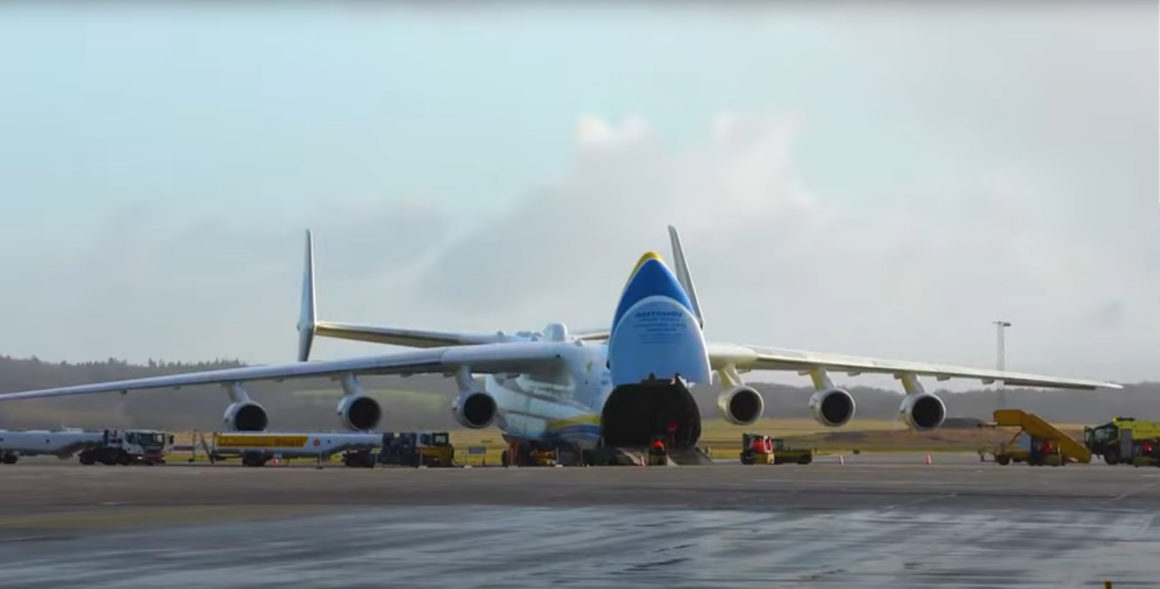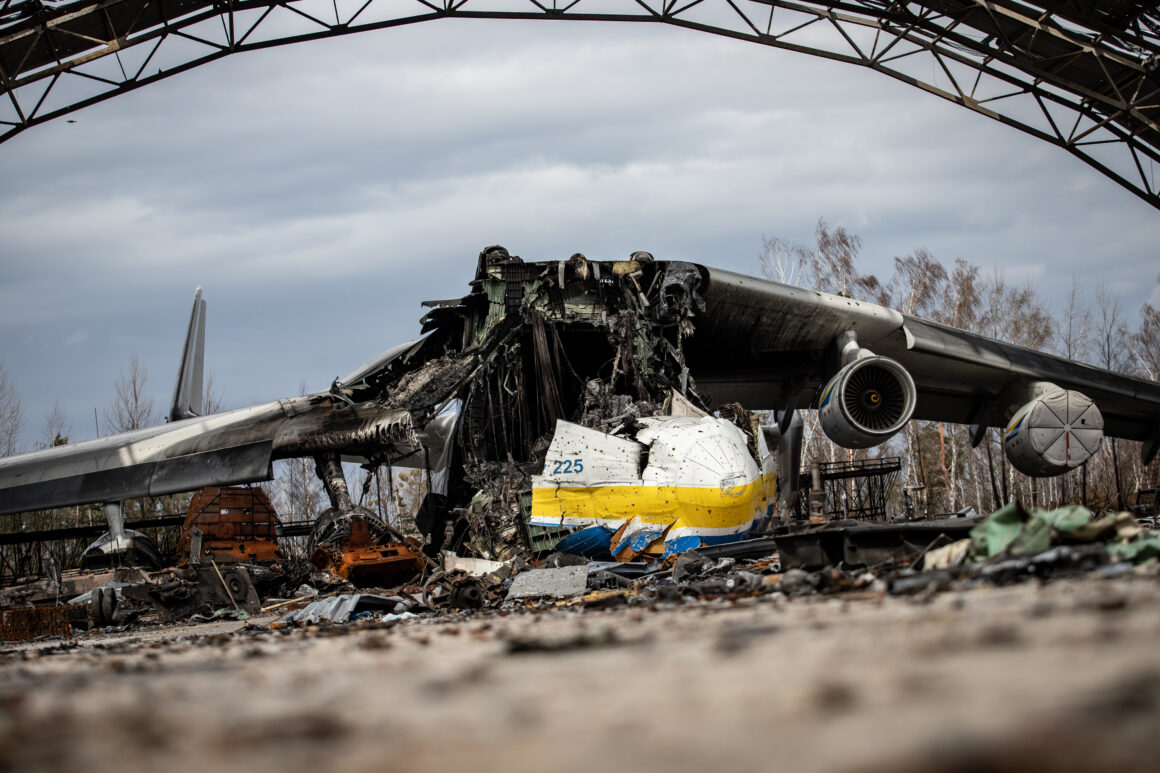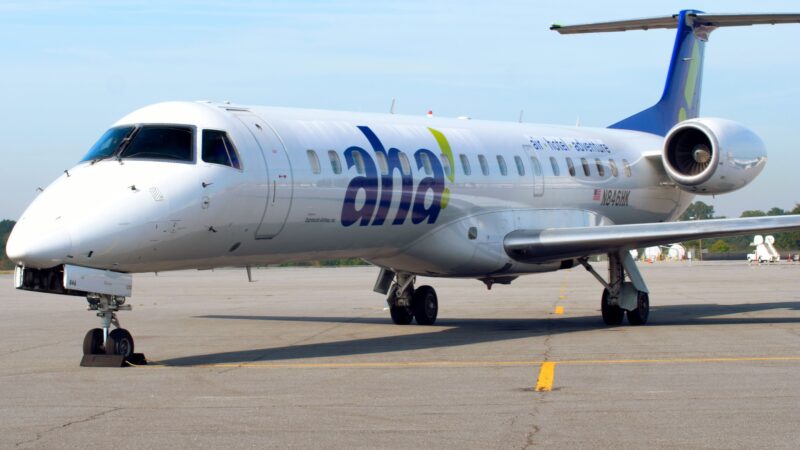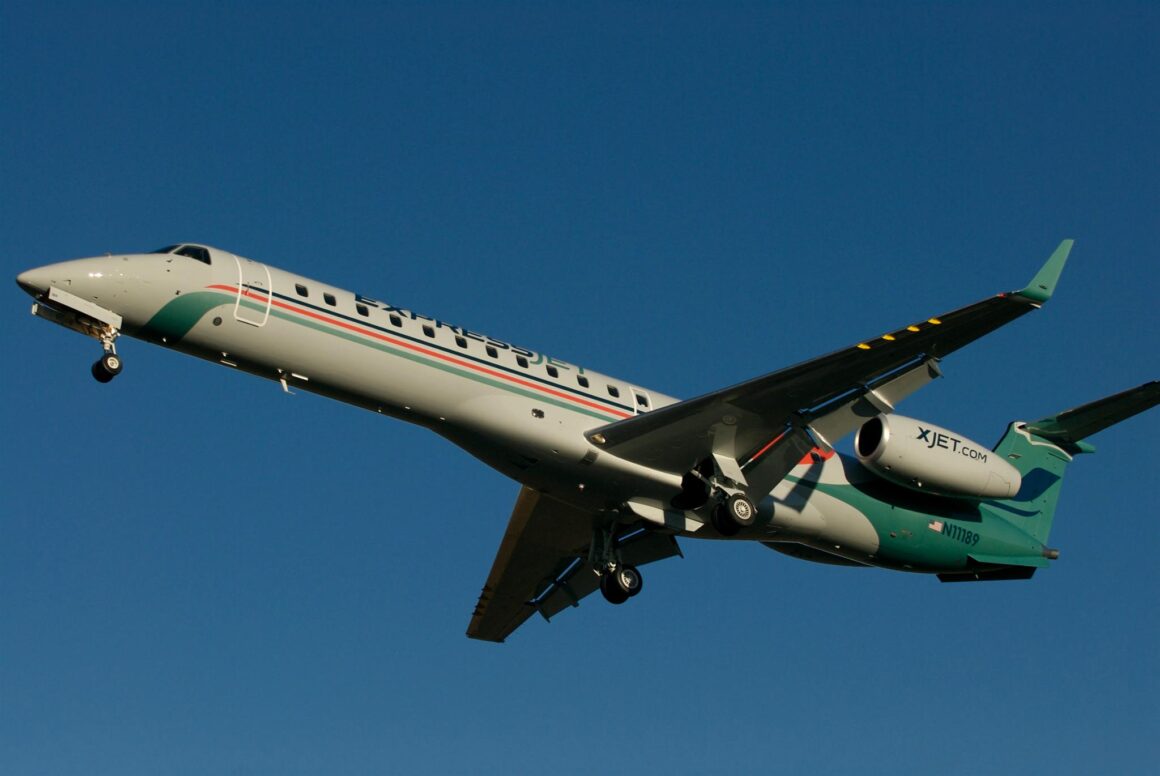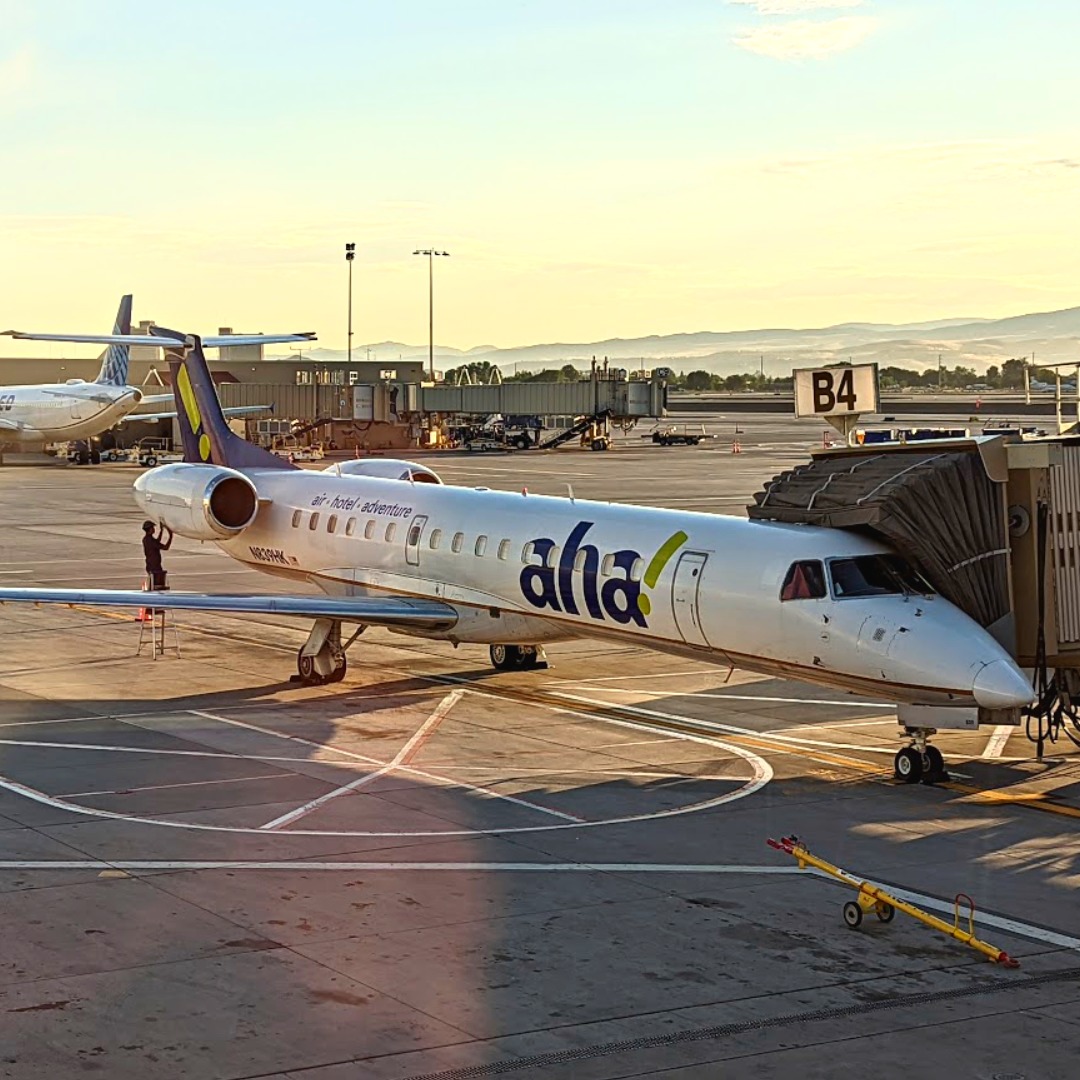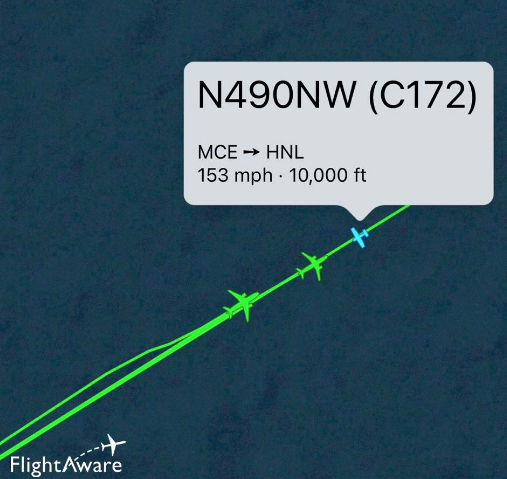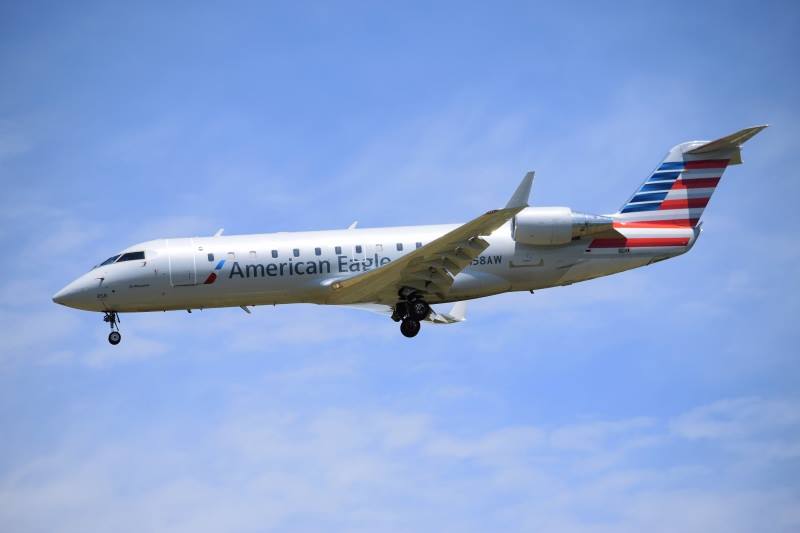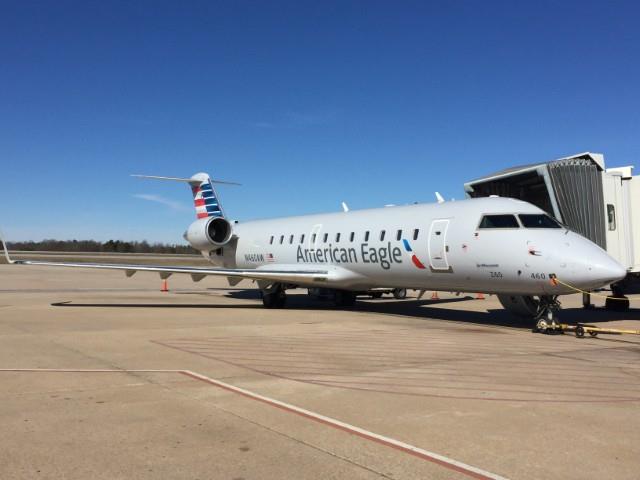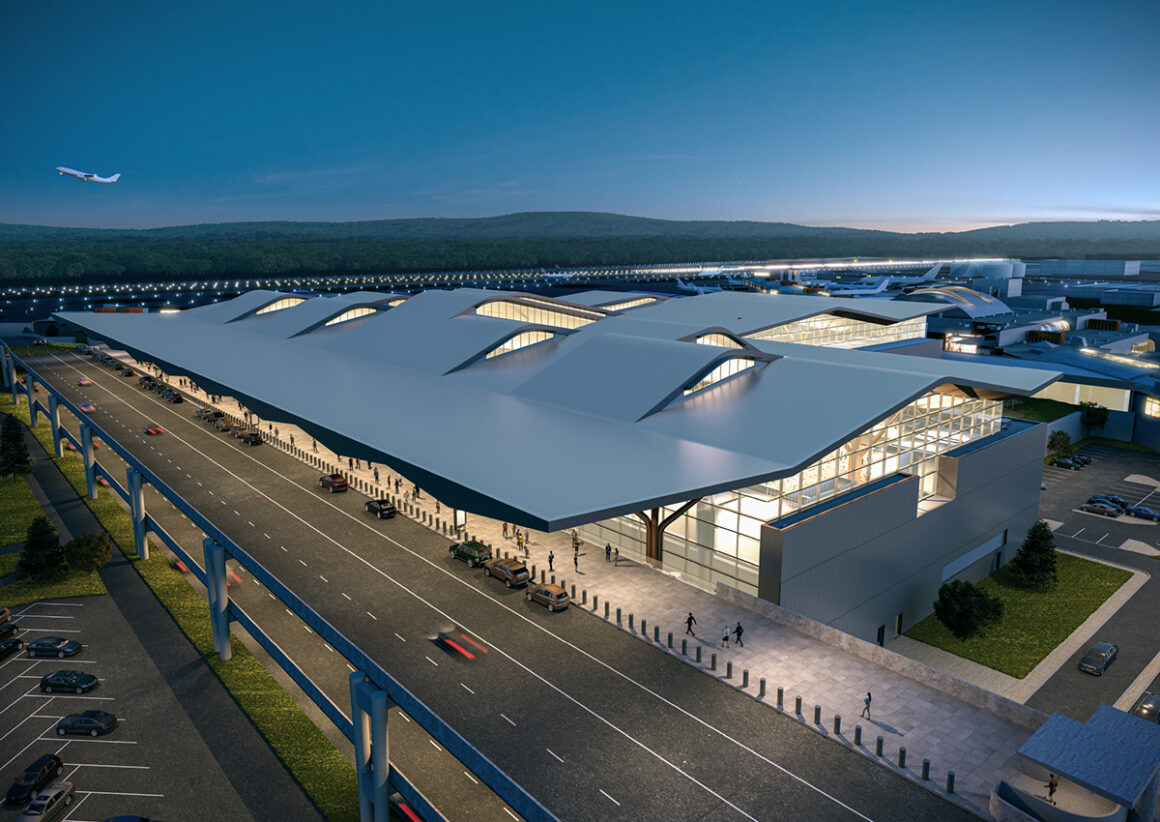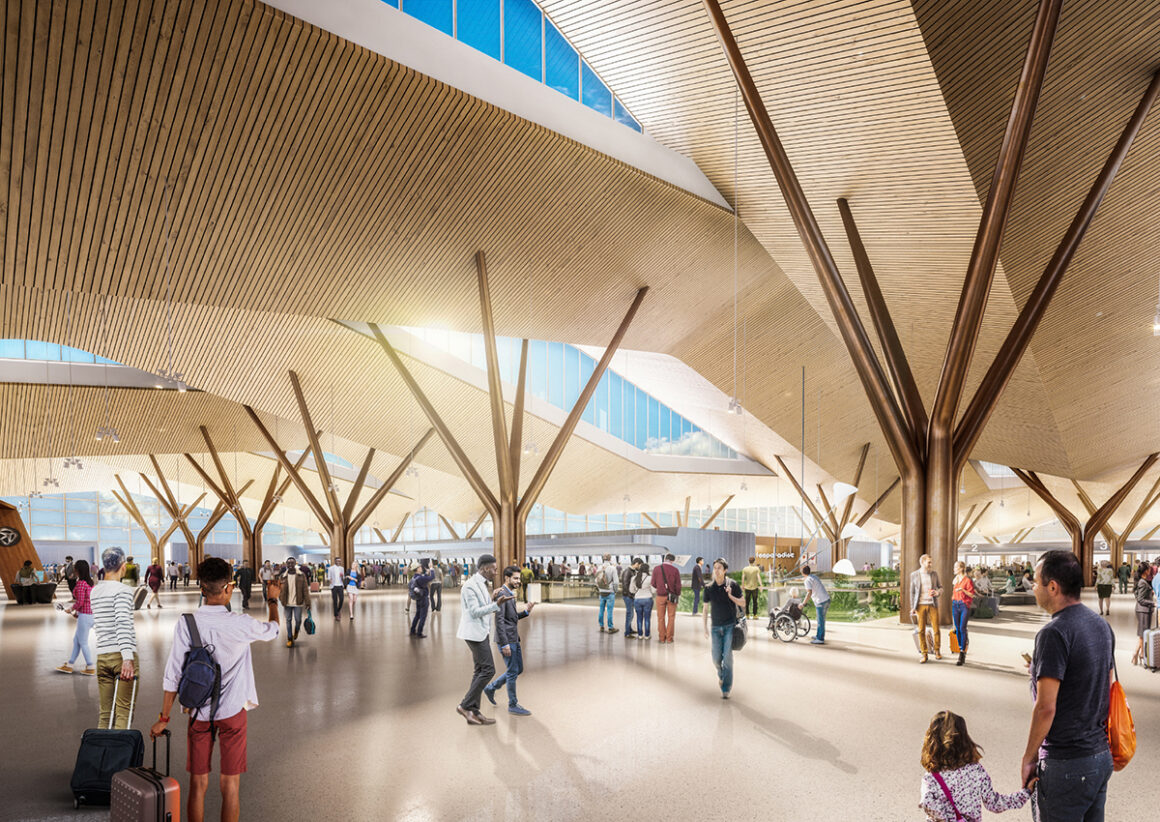American Airlines officially retired their McDonnell Douglas MD-80s on 4 September 2019. They had a pretty incredible run. They flew in the iconic red, white, blue, and silver livery for over 36 years. At one time, American had 370 aircraft in the fleet. Towards the end, fewer than 30 were flying daily. The MD-80, affectionately known as the Mad Dog, is a plane like no other. It elicited a ton of emotion from avgeeks who either love the plane or despise it. Below are ten reasons why we’ll miss the ‘ole Mad Dog.
10.) Plush cushy seats, even in coach
The American MD-80 seats were some of the last in the industry to have those big cushy seats. Sure they were old seats, and had about 30 years of farts in the cushions. But some of the modern seats in more modern jets are like sitting on a subway seat, just with less legroom. Our backs will miss the extra cushion.
9.) Plenty of space in the bathrooms
When trying to go to the bathroom in the newer planes like the A321NEO, it can be like trying to play Twister. But the MD-80s bathrooms are like palaces in comparison. They feature full size sinks and enough room that you can actually turn around to sit.
8.) The two by three seating
While it sounds like a 1980s marketing gimmick by McDonnell Douglas, it rang true. The MD-80s had significantly less middle seats than comparable 737s and A320s. It meant that there was a decent chance of only having one seat mate next to you.
7.) Near silence up front on departure
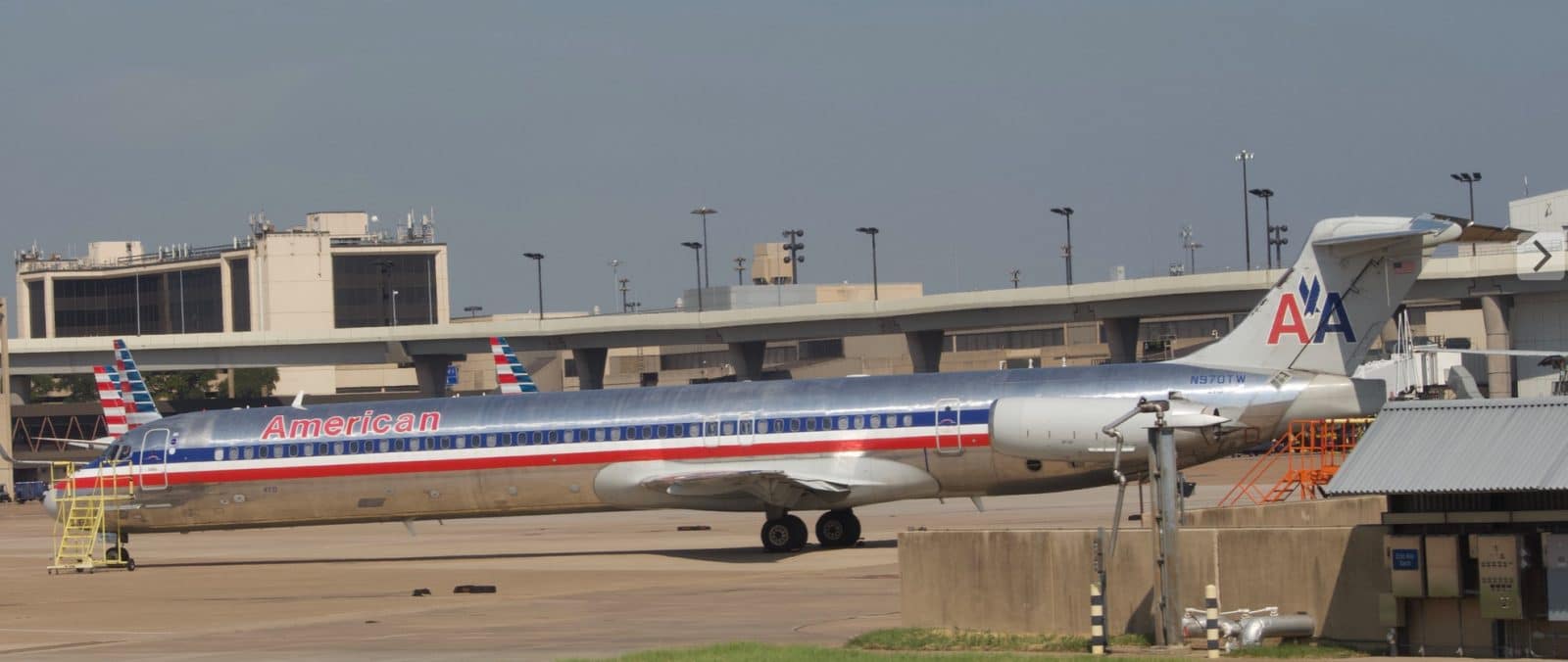
It’s almost eerie how quiet it is upfront on takeoff. With the exception of some bleed air noise and the sound of the tires on the pavement, it is quiet. That near silence is made possible by the engines almost 80 feet behind you and mounted on the tail. On departure, the pilots would rotate the aircraft up to 15 degrees nose high. With such little ambient noise, first class passengers were treated to a flying experience that actually felt a bit like a bird flying (really fast).
6.) The rear exit door
[youtube id=”JM05Qe4RUy4″ width=”800″ height=”454″ position=”left”]
Although it was rarely used, the tail exit is a throwback to a different era. The tail was quite versatile. It served as a servicing door, alternative passenger entrance/exit, emergency exit, and a tail stand. On the rare opportunity to exit out the back, you had the opportunity to see the cables connecting the tail to the cockpit and those beautiful JT-8Ds up close. Like so many other things in the MD80, it was quirky but we loved it.
5.) First Class La-Z-Boys
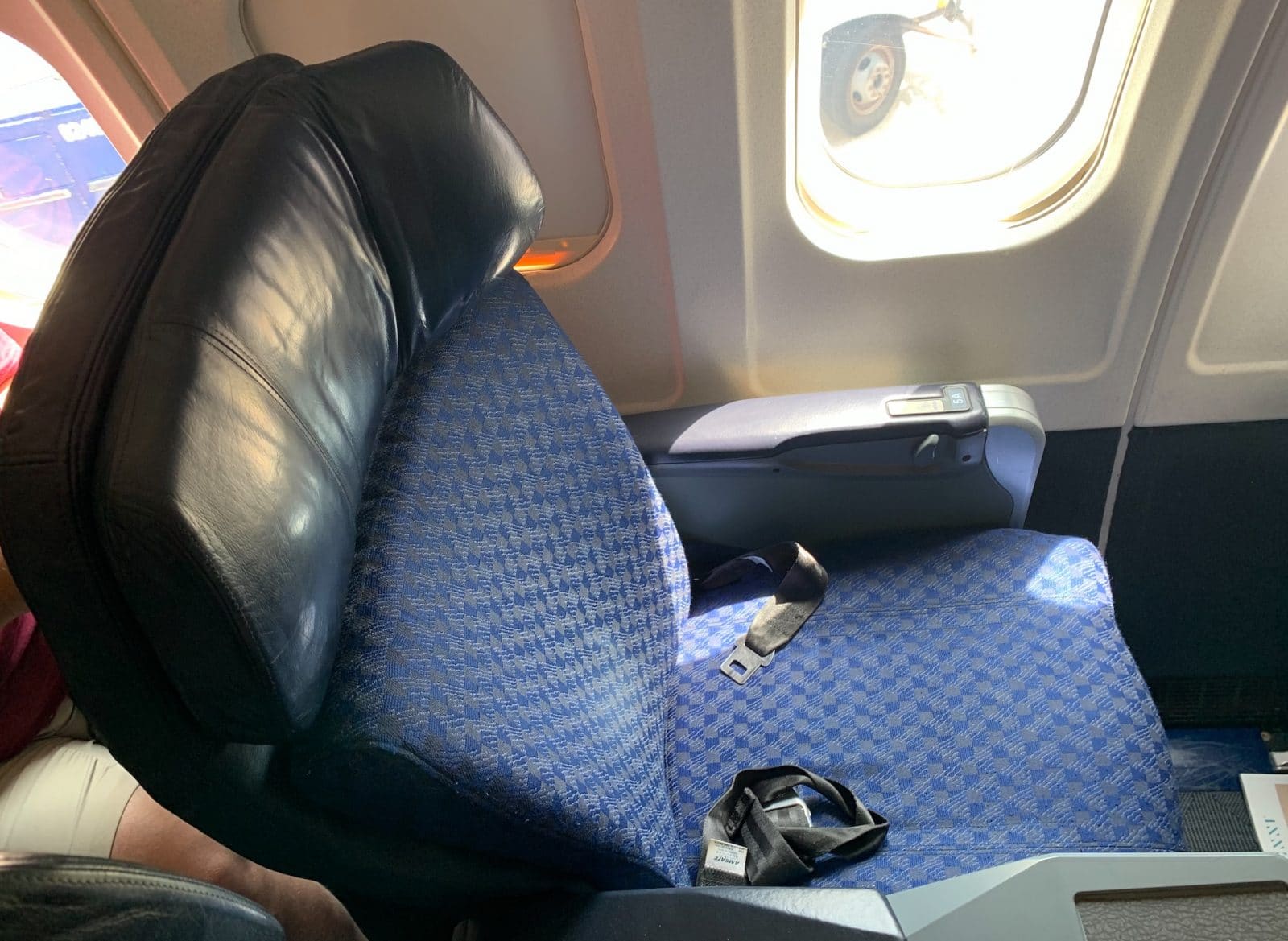
The first class seats featured 38” of legroom and enough leather on them to make PETA protest. They were comfortable and luxurious. You felt like a bigwig every time you scored an upgrade on a flight from DFW to Tulsa.
4.) Twenty first class seats
Speaking of first class, we loved how many first class seats there actually were. When you flew an MD-80 there was always a decent chance to score an upgrade because 15% of the overall seats were those plush laz-yboy seats. By comparison the A319s that are replacing the MD80s only have 12 first class seats. That’s 40% less chance of an upgrade.
3.) The Mad Dog smell
We realize that this might prove to be a bit controversial. Some people probably think that the MD-80s smell bad but we love it. It’s a distinctive smell, kind of like a mix of hydraulic fluid, JetA, and your grandma’s basement. Some mechanics say that it is most noticeable when a bleed air sock needs to be replaced. Whatever it is, it smells like a real airplane. We love it.
2.) A ‘real’ pilot’s cockpit
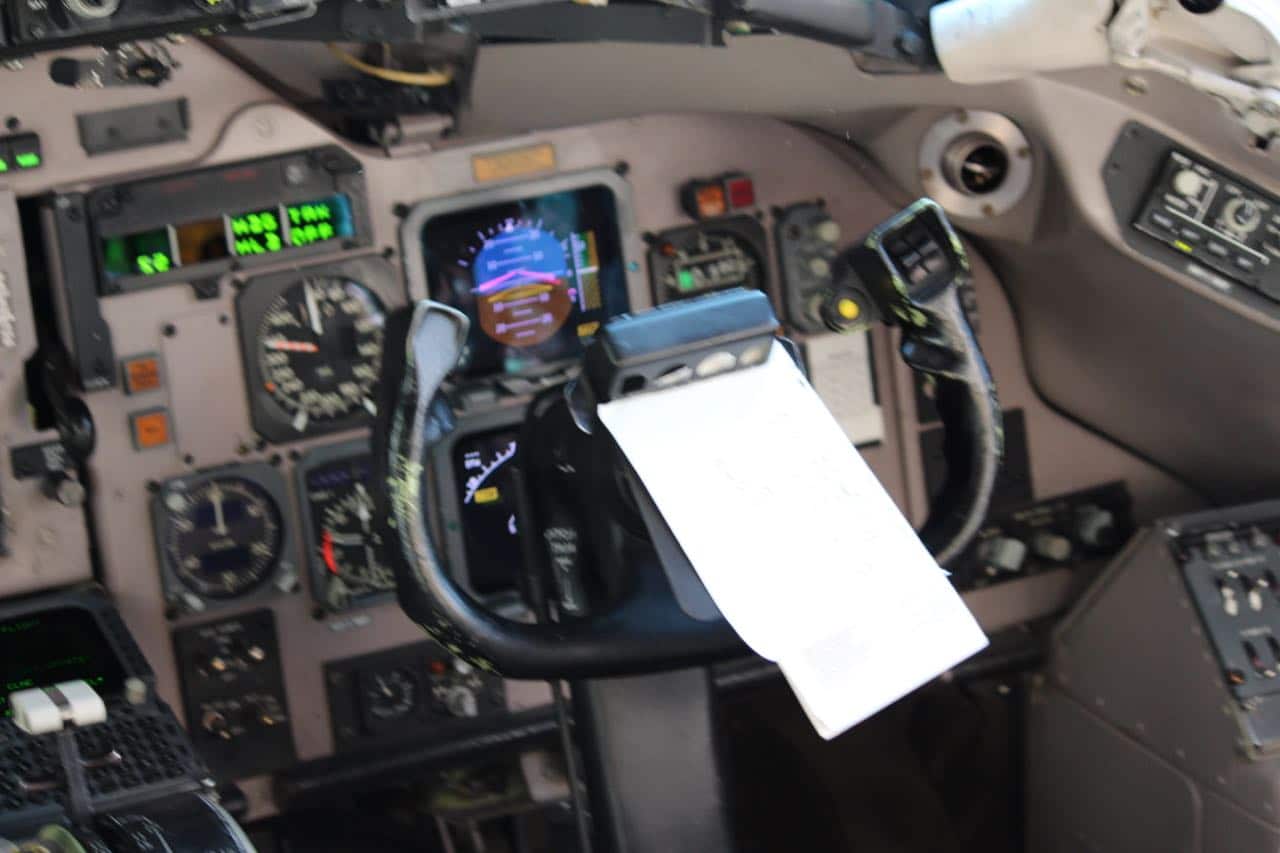
The MD-80 is the last major airliner flying around without a full glass cockpit. The MD-80 featured a very 1980s hybrid of round dials and digital buttons that really just mapped to analog functions. The flight controls themselves are all cable and pulley. The controls are quirky too and ‘bitching Betty’ would squawk ‘stabilizer motion’ to pilots all day long. Yet we loved the McDonnell Douglas built bird.
1.) That beautiful silver bird livery
American’s silver livery looked fantastic on the MD-80. It was smart, timeless, and sophisticated. The maintenance teams up at Tulsa would buff the skin of the jets so shiny that you could see your face when you boarded. With the exception of the single 737-800 in the ‘heritage’ livery, the Silverbird livery from the 1960s will now disappear as the MD80s fly west to Roswell for retirement.
Three reasons we won’t miss the MD-80:
3.) Outdated passenger cabin
In this era of ultra modern passenger cabins, the Mad Dog’s shab interior is pretty spartan. It isn’t very visually appealing. There aren’t swooping arched ceilings or luggage bins so big that you could fit a small truck in them. The cabin is functional but decidedly more Atari than Playstation 4. Millennials had minimal entertainment options. While the American cabins had Gogo WiFi, it was ridiculously slow and often stopped working mid-flight.
2.) Smelly bathrooms
The MD-80 lacked a vacuum toilet system. When you flushed, it was just a bunch of blue juice that swirled around with nothing to evacuate the stink of the surrounding air. While most MD80 flights were less than three hours, someone always had to violate the code and take a dump in the plane. If you were seated anywhere near the bathroom, you had the pleasure of smelling their funk.
1.) So painfully loud, especially in the last 3 rows
In addition to the smell near the back of the jet, many passengers would complain about how loud the MD80 was. This was especially true if they sat in the last few rows of the aircraft. It was loud! That’s because passengers were sitting mere inches away from a very loud 1970s vintage engine. It meant that there was a decent chance that you’d miss most of the PA announcements and arrive at the destination with a bit of temporary hearing loss, about as bad as if you attended a rock concert.
The overall Mad Dog experience was much more positive than negative. Mad Dogs were a dependable fleet that powered American through the economic expansion of the 1980s and 90s. It sustained the airline through the tumultuous post 9/11 era and continued to serve the airline through bankruptcy and the merger between US Airways and American. So long Mad Dog. We’ll miss you!


